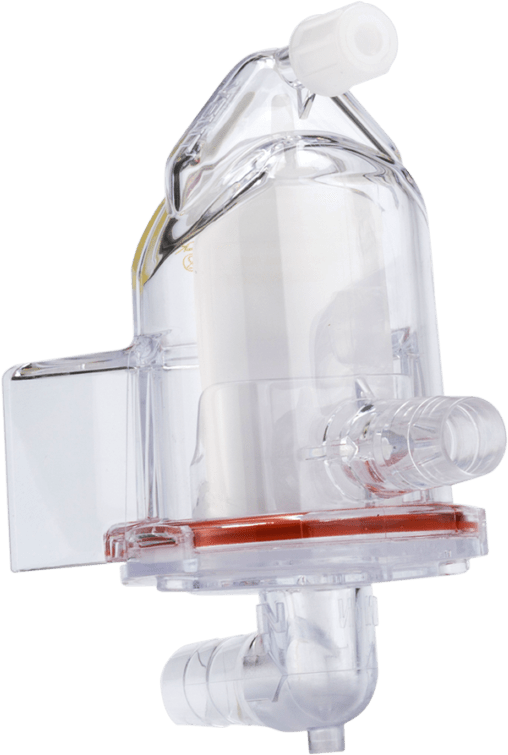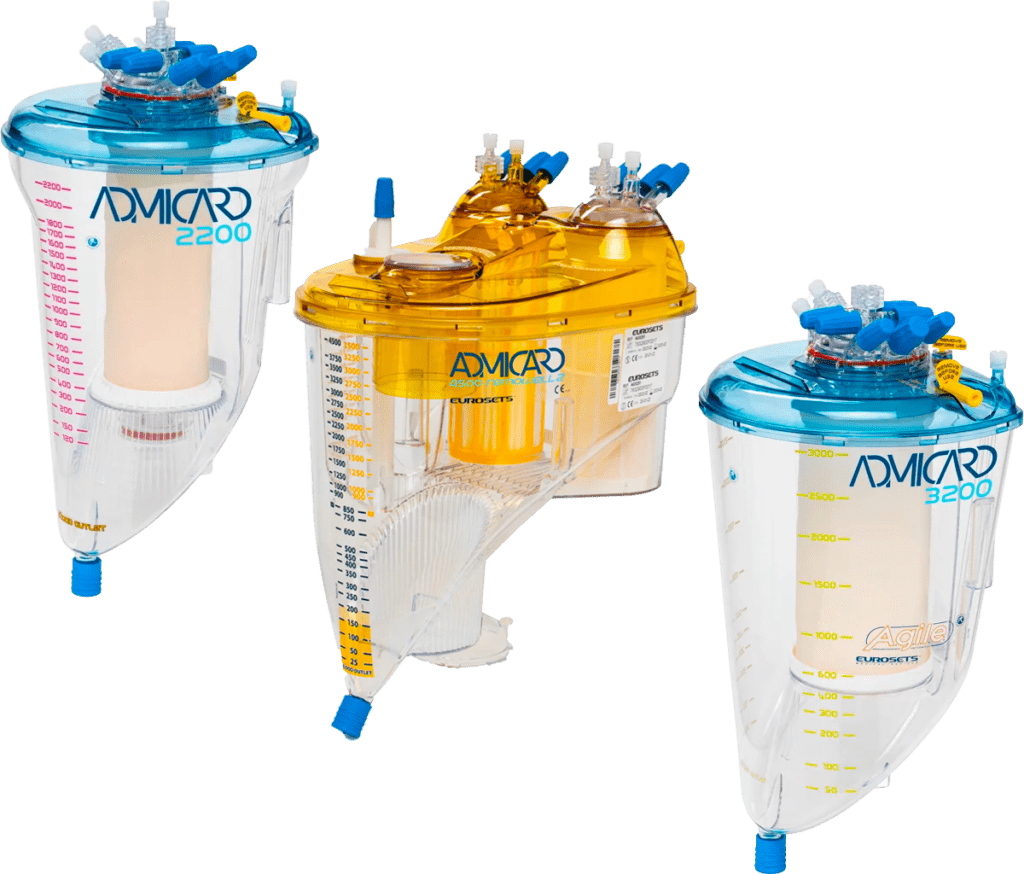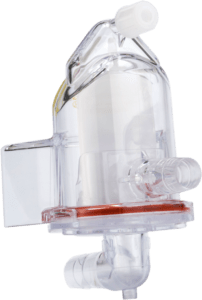
Baby Sherlock
NEW BORN AND INFANT ARTERIAL FILTER
TECHNICAL CHARACTERISTICS
- Housing Material: polycarbonate
- Fiber Material: polyester
- Prime Volume: 35 ml
- Filter pore size: 40 µm
- Blood ports: 3/8” – 1/4′
- Maximum blood flow rate: 3,2 l/min

Mini Sherlock
PEDIATRIC AND SMALL ADULT ARTERIAL FILTER
TECHNICAL CHARACTERISTICS
- Housing Material: polycarbonate
- Fiber Material: polyester
- Prime Volume: 90 ml
- Filter pore size: 40 µm
- Blood ports: 3/8”
- Maximum blood flow rate: 5 l/min
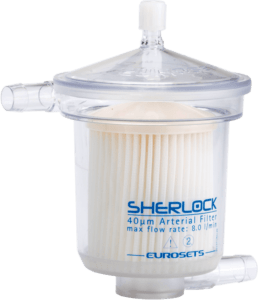
Sherlock A.F.
ADULT ARTERIAL FILTER
TECHNICAL CHARACTERISTICS
- Housing Material: Polycarbonate
- Fiber Material: Polyester
- Prime Volume: 179 ml
- Filter pore size: 40 µm
- Blood ports: 3/8”
- Maximum blood flow rate: 8 l/min
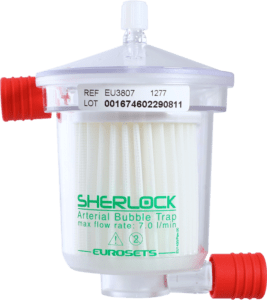
Sherlock B.T.
BUBBLE TRAP
TECHNICAL CHARACTERISTICS
The blood flow dynamic has been longer employed to deeply decrease the rheological stress and the potential blood damage.



